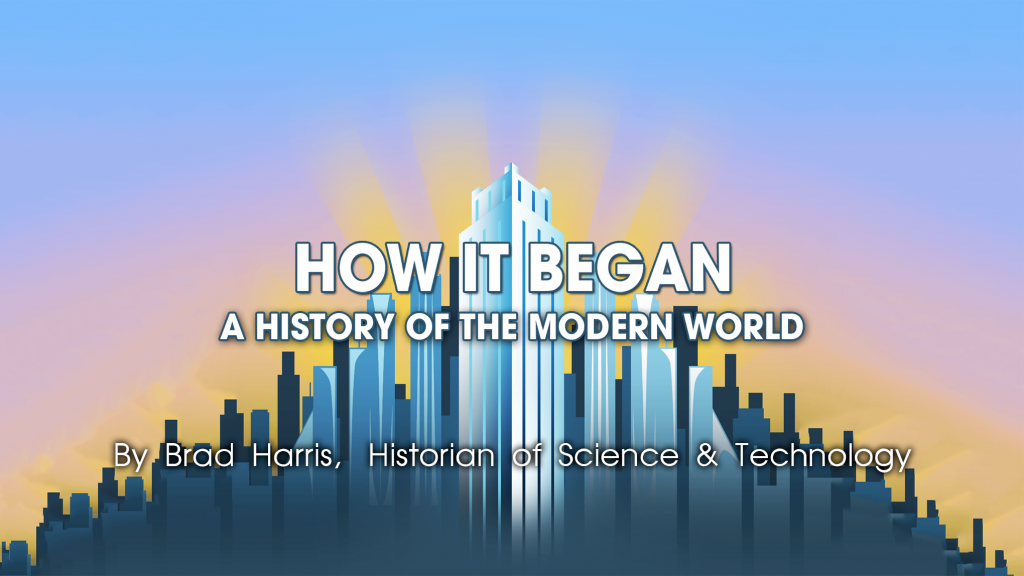Even if we can’t name them, we’ve all seen hundreds of the most important paintings in art history, and even if we can’t name it, we’ve all heard “Classical Gas.” 3000 Years of Art, the 1968 experimental film above, officiates an aesthetic union of about 2500 of those much-seen, highly influential images and Mason Williams’ instrumental hit song, all in just over three minutes.
Initially released on The Mason Williams Phonograph Record in 1967, the track went on, with the help of 3000 Years of Art, to become “one of the earliest records that used a visual to help promote it on television, which probably qualifies it as one of the earliest music videos.” Those words come from Williams himself, who posted the video to his own Youtube channel.
When “Classical Gas” first became a hit, he writes, “I was also the head writer for The Smothers Brothers Comedy Hour on CBS. I had seen a film titled God Is Dog Spelled Backwards at The Encore, an off beat movie house in L.A. The film was a collection of approximately 2500 classical works of art, mostly paintings, that flashed by in three minutes. Each image lasted only two film frames, or twelve images a second! At the end of the film the viewer was pronounced ‘cultural’ since they had just covered ‘3000 years of art in 3 minutes!’ ”
Contacting the short’s creator, a UCLA student by the name of Dan McLaughlin, Williams asked if he could re-cut its imagery to “Classical Gas” for a Smothers Brothers segment. First airing on the show in the summer of 1968 — the same year that saw another of the show’s writers, a young man by the name of Steve Martin, bring his talents directly to the air — the resulting proto-music-video rocketed Williams’ song to another sphere of popularity entirely. Not only that, it “opened the door to realizations that the viewer’s mind could absorb this intense level of visual input” with its use of kinestasis, the phenomenon whereby a montage of still images creates its own kind of motion.
Following the idea to its then-logical conclusion, Williams soon after wrote a skit for the Smothers Brothers Comedy Hour “projecting the idea that someday VJs would be playing hit tapes on TV.” And so the trajectories of easy-listening instrumental music, gently subversive television comedy, and art history intersected to give the world an early glimpse of MTV, Youtube, and whichever host of even shorter-form, intenser viewing experiences comes next.
Related Content:
An Introduction to 100 Important Paintings with Videos Created by Smarthistory
100,000 Free Art History Texts Now Available Online Thanks to the Getty Research Portal
Based in Seoul, Colin Marshall writes and broadcasts on cities and culture. His projects include the book The Stateless City: a Walk through 21st-Century Los Angeles and the video series The City in Cinema. Follow him on Twitter at @colinmarshall or on Facebook.


